Fingerings
There are several fingerings for high f-sharp. There are basically three options in the left hand and two options for the right hand and they are all interchangeable. Check each fingering with a tuner and see which combination works best on your instrument.
*This is one of the few notes where I use several (4) different fingerings interchangeably depending on which instrument(s) I’m trying to match and the technical demands of the specific passage.
Note: The blue colored whisper key in the fingerings indicates that the whisper key is helpful for response, intonation, and tone, but it can be left off in certain technically demanding passages.
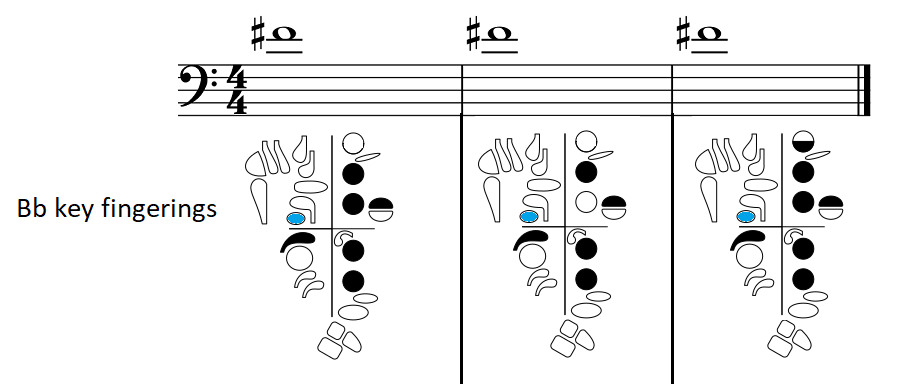
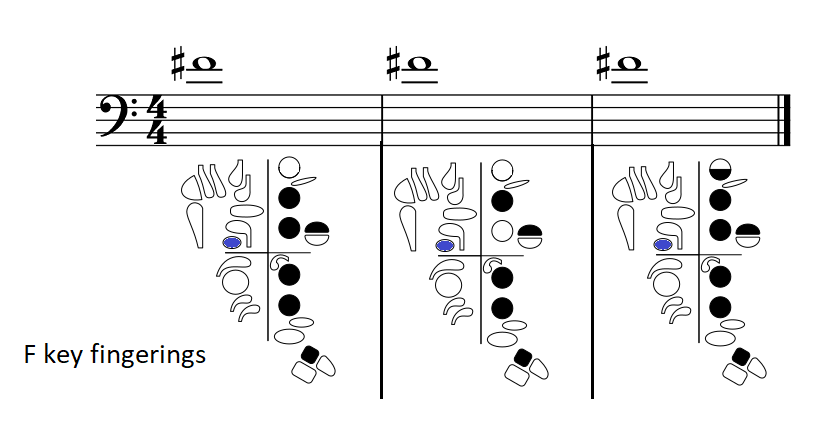
Recommended for Beginners
These two fingerings have the most resistance and least resonance, but they are popular in band method books because they make it easy to move between high F# and high G. The additional resistance can make response easier for beginners.
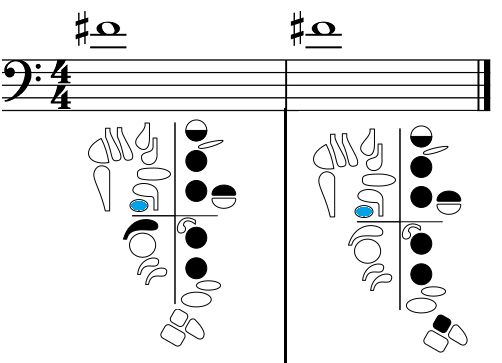
Recommended for Intermediate Students
These two fingerings offer the best combination of response and stability of tone and intonation. I find it pretty amazing how much difference changing just one finger can make.
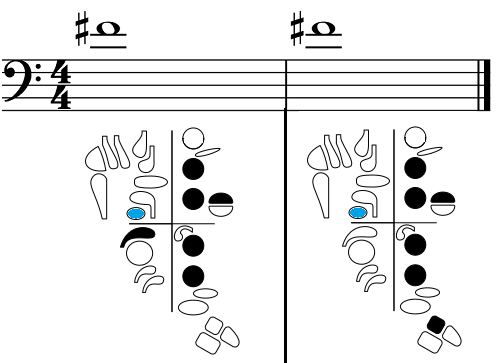
Recommended for Advanced Students
These two fingerings have the least resistance and the most flexibility of tone color and intonation. These are my two favorite options for high F#.
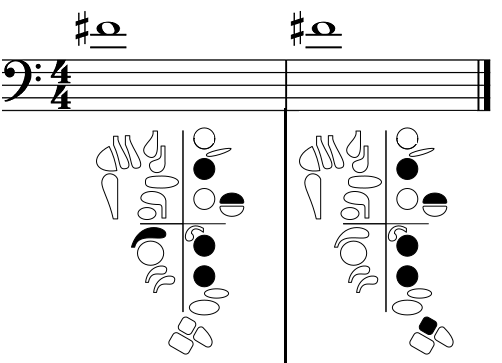
AVOID the overblown B.
This fingering is the worst choice possible. It sounds awful and is very out of tune. I don’t know why it is included in some fingering charts but please don’t use it.
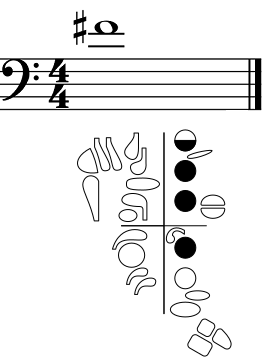
Matching Pitch on F#3
Play Matching Pitch on F# with each of these fingerings and see which is the easiest to play in tune and has the best response and tone.


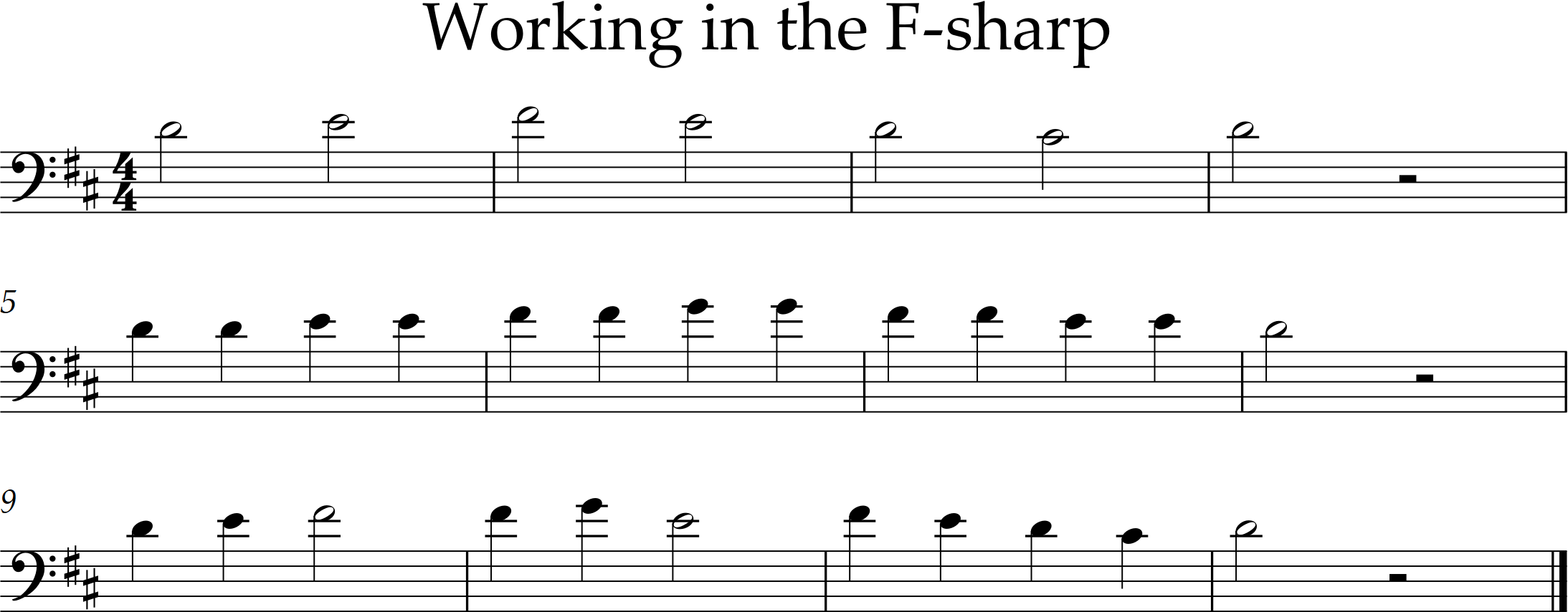
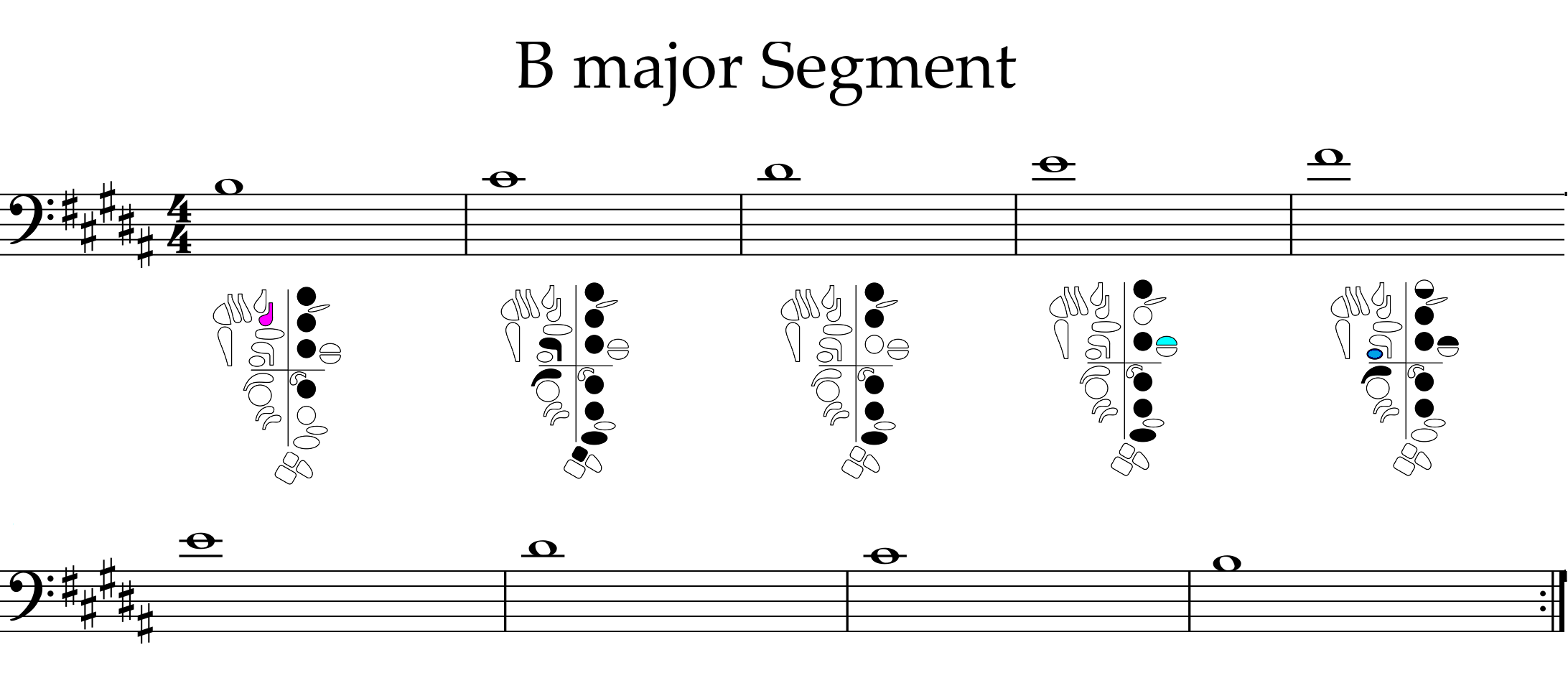
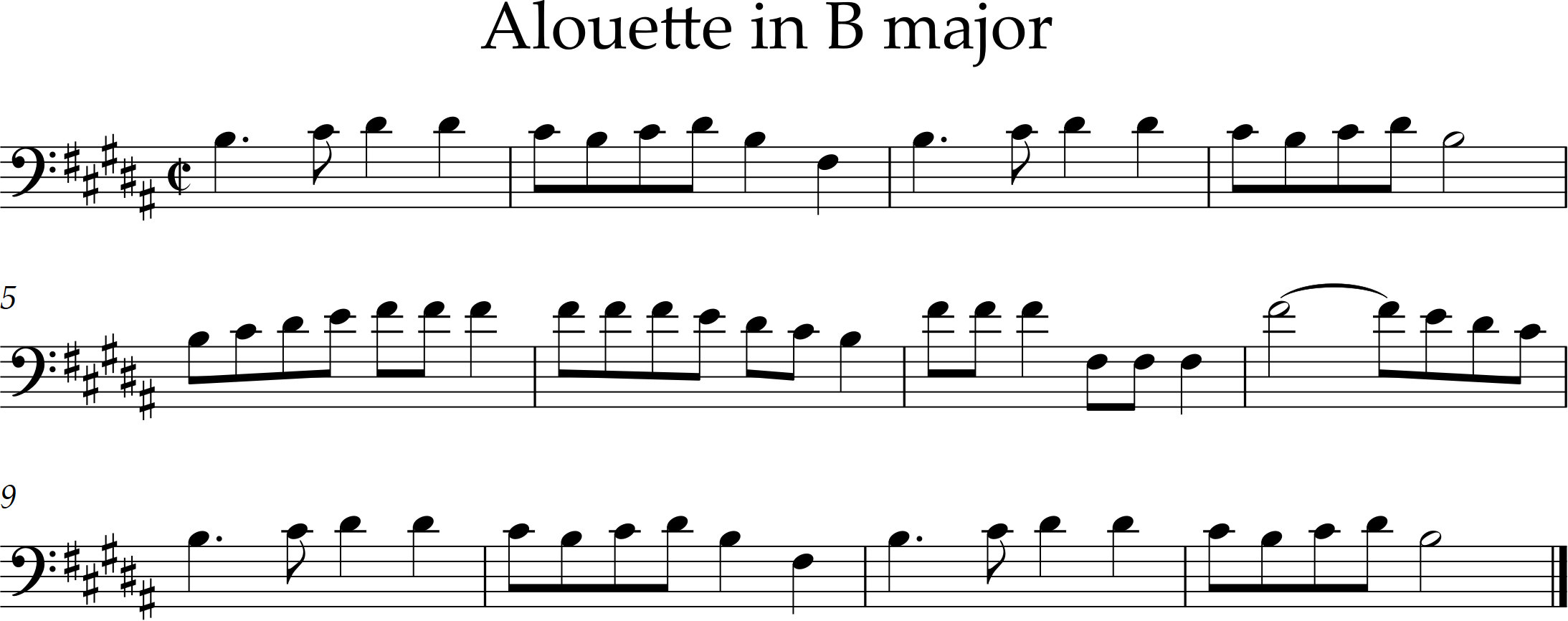


Feedback/Errata